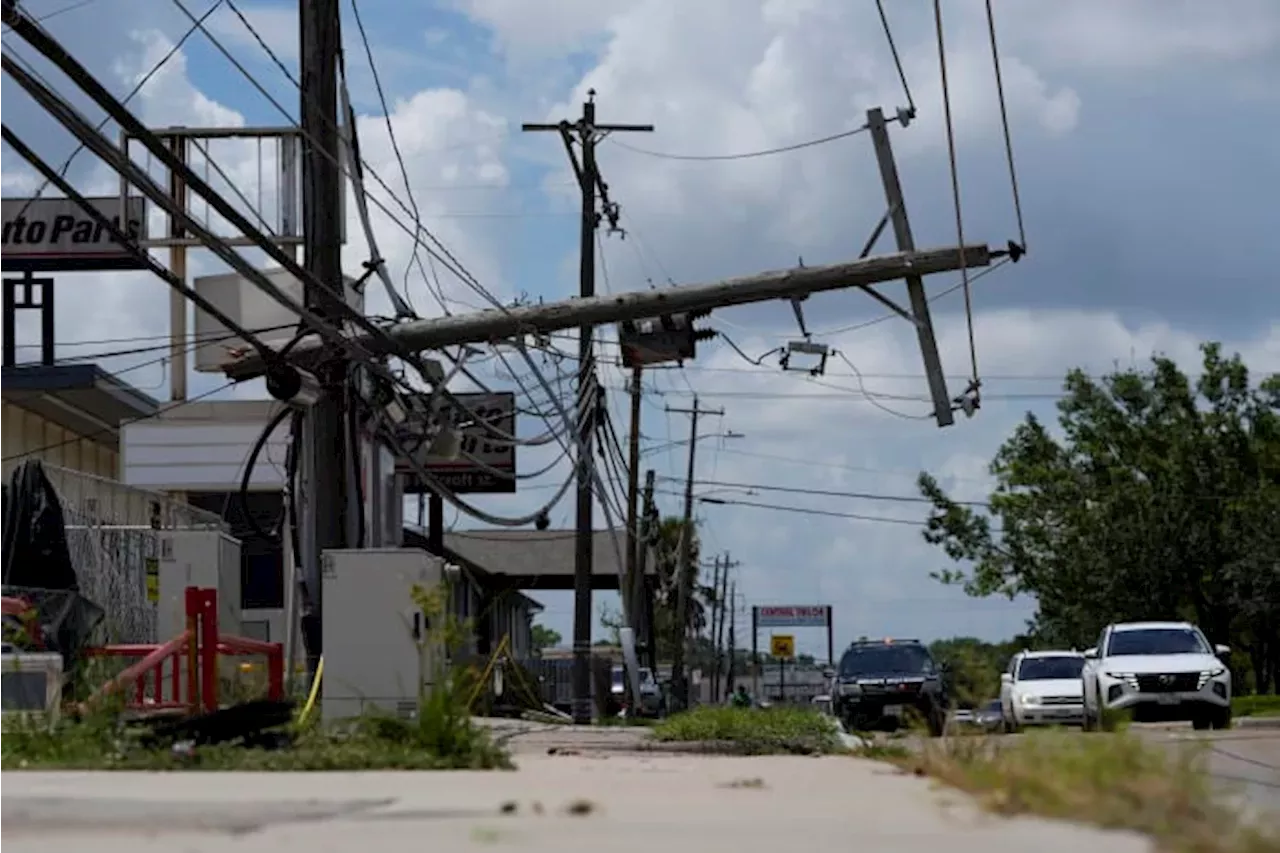Hurricane Beryl’s Path and Intensity

Hurricane beryl path tracker – Hurricane Beryl, a Category 1 storm, has been tracking westward across the Atlantic Ocean since its formation on July 6th. As of July 8th, the hurricane is located approximately 1,000 miles east of the Lesser Antilles and is moving at a speed of 14 miles per hour.
The National Hurricane Center (NHC) predicts that Beryl will continue on its westward path over the next several days, gradually intensifying as it approaches the Caribbean Sea. The storm is expected to reach Category 3 strength by the time it reaches the Lesser Antilles on July 10th. After passing through the Caribbean, Beryl is expected to weaken slightly as it enters the Gulf of Mexico.
Timeline of Hurricane Beryl’s Development and Movement, Hurricane beryl path tracker
- July 6th: Hurricane Beryl forms in the Atlantic Ocean.
- July 8th: Beryl is located approximately 1,000 miles east of the Lesser Antilles.
- July 10th: Beryl is expected to reach the Lesser Antilles as a Category 3 hurricane.
- July 12th: Beryl is expected to enter the Gulf of Mexico.
Tracking and Monitoring Hurricane Beryl: Hurricane Beryl Path Tracker

Tracking and monitoring Hurricane Beryl’s path and intensity are critical for disaster preparedness and response. Meteorologists and scientists use a combination of technology and resources to gather data and provide accurate forecasts.
One of the primary methods used for hurricane tracking is satellite imagery. Satellites orbit the Earth and capture images of cloud formations, allowing meteorologists to observe the development and movement of hurricanes. They can also measure wind speeds and determine the storm’s intensity.
Technology and Resources for Hurricane Tracking
In addition to satellite imagery, other technologies are used for hurricane tracking, including:
- Weather balloons: These balloons are released into the atmosphere and collect data on wind speed, temperature, and humidity.
- Buoys: Buoys are placed in the ocean and transmit data on wave height, wind speed, and atmospheric pressure.
- Aircraft reconnaissance: Aircraft are flown into hurricanes to collect data on the storm’s structure and intensity.
Importance of Accurate and Timely Hurricane Tracking Data
Accurate and timely hurricane tracking data are essential for effective disaster preparedness and response. It allows governments and emergency management agencies to:
- Issue timely warnings and evacuation orders
- Coordinate emergency response efforts
- Prepare for the potential impacts of the hurricane
The path of Hurricane Beryl is being closely tracked by weather experts, and you can stay up-to-date with the latest information by visiting wlwt weather. Their team of meteorologists is providing real-time updates on the storm’s trajectory, intensity, and potential impact on coastal areas.
By staying informed, you can make informed decisions about your safety and property.
The relentless Hurricane Beryl carves a path of destruction, leaving a trail of devastation in its wake. As it approaches the mainland, the Louisville weather radar provides an indispensable tool for tracking its movements and predicting its impact. With its high-resolution imagery, the radar allows meteorologists to pinpoint the hurricane’s exact location, enabling timely evacuations and emergency preparedness measures.
By integrating data from multiple sources, the Louisville weather radar offers a comprehensive view of the storm’s trajectory, ensuring that communities are prepared for the worst.